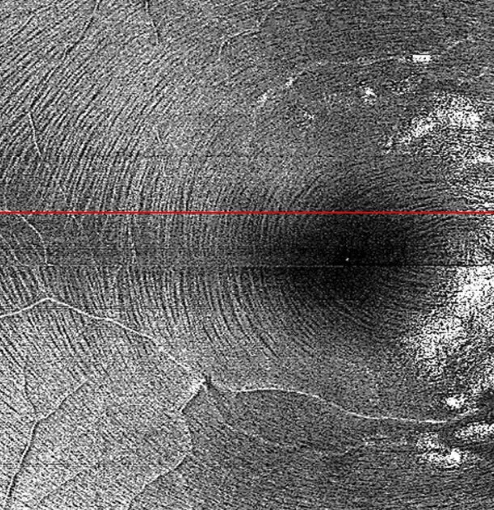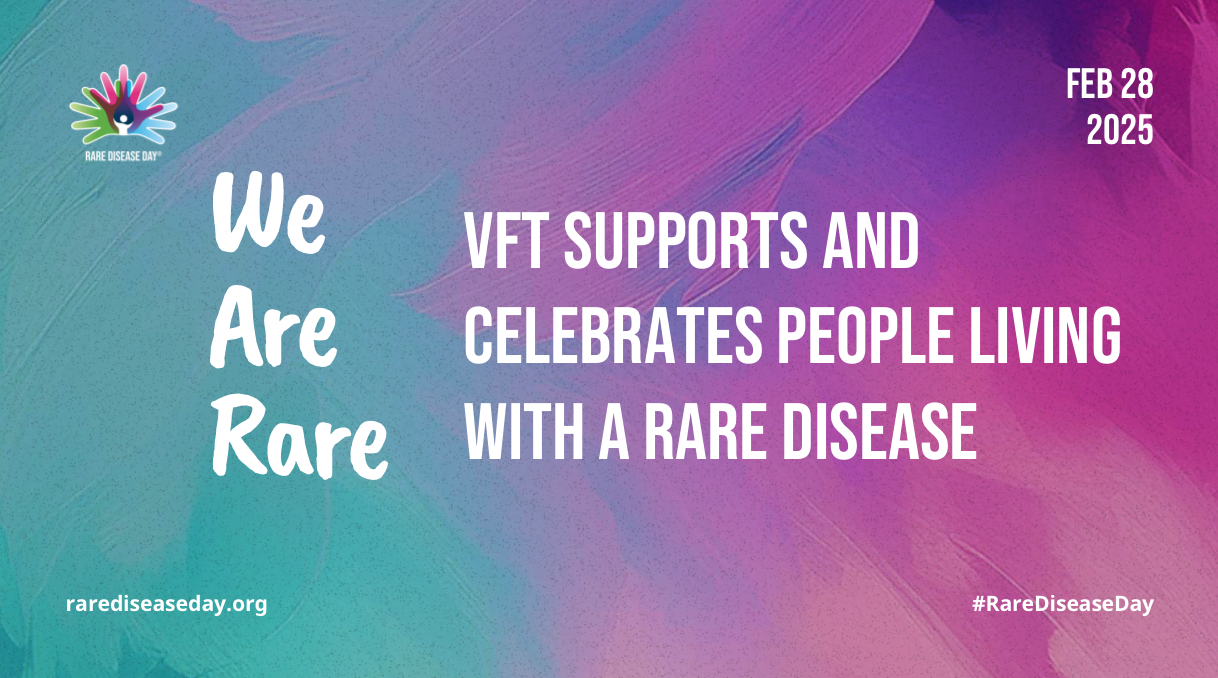The Vision for Tomorrow Foundation (VFT) is supporting a research project using new technology called visible light optical coherence tomography (vis-OCT) to detect retinal damage in young aniridia patients. Xiaorong Liu, PhD, Associate Professor of Biology and Psychology, University of Virginia, is leading the project.
The research team will take retinal pictures of a small group of pediatric aniridia patients and their family members to see how well the vis-OCT works and to set up the best ways to identify and track changes in the retinal ganglion cells (RGC) with age. This is a small-scale test that will build the baseline features for future large-scale clinical trials.
“Besides obtaining initial knowledge of vis-OCT values in this exploratory test, the team will pay special attention to the possible correlation between our vis-OCT values and RNFL thickness imaged by other commercially available systems such as the Heidelberg OCT and visual functional loss,” said Liu. “The real strength of the proposed work is to build the foundation to understand how RGC damages progress with age and glaucoma development in aniridia patients.”
“As an aniridia patient myself, vis-OCT in a clinical setting is an exciting possibility. I have experienced the frustration of trying to focus my eyes while technicians scan with more traditional OCT methods, only to be told the scan was largely unsuccessful in showing the back of the eye,” said Grayson Chinn, VFT Secretary. “Vis-OCT holds a great deal of promise for a better patient experience and better data for the ophthalmologists we rely on to provide care.”
Vis-OCT is the latest development of OCT technology, providing new capabilities in both anatomical and functional imaging of biological tissue. It relies on visible light illumination, whereas most commercial and investigational OCTs use near-infrared light. The new approach can bring unique benefits to research and clinical care for vision related diseases. (Shu X, Beckmann L, Zhang H. (2017) Visible-Light Optical Coherence Tomography: A Review, J Biomed Opt. Dec;22(12):1-14)
Vis-OCT has been tested with adult glaucoma patients at New York University (Ghassabi et al., 2022) and will be available to patients in Chicago, NYC, Charlottesville, and Stanford University. The projects focused on adult patients with retinal diseases such as glaucoma. This project is the first of its kind to study young patients with aniridia and an early step in the long-term plan to make the vis-OCT imaging available in Ophthalmology departments and clinics nationwide so more patients could get access to it as needed.
“VFT is excited to kick start the vis-OCT research and capture baseline information for children with aniridia,” said Susan Wolfe, VFT President, “Funding smaller cohorts at this stage in the research process can help launch more interest and additional funding from larger organizations to help propel this technology into a clinical setting.”




